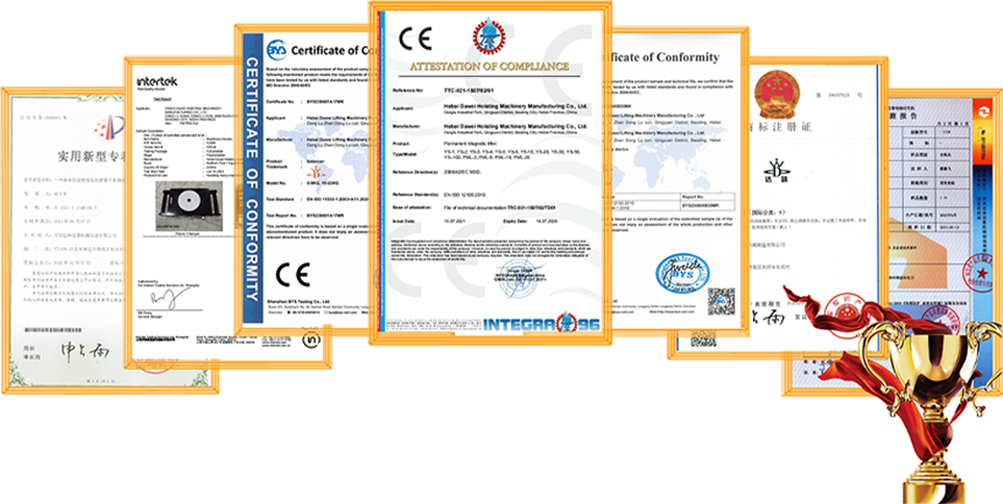lightweight gantry
Exploring the Advantages of Lightweight Gantry Systems
In the realm of modern engineering and construction, the pursuit of efficiency, flexibility, and cost-effectiveness leads to continuous innovations in manufacturing equipment. One such innovation that stands out is the lightweight gantry system. This article aims to delve into the functionalities, benefits, and practical applications of lightweight gantries, showcasing why they are becoming indispensable tools in various industries.
Understanding Lightweight Gantries
Lightweight gantries are overhead structures that provide a stable and movable framework for lifting and transporting heavy loads. Typically constructed from advanced materials like aluminum or high-strength composites, these systems are designed to minimize weight without compromising structural integrity. This design paradigm enables operators to move equipment more easily, navigate tight spaces, and reduce labor costs associated with heavy lifting.
Key Advantages of Lightweight Gantries
1. Enhanced Mobility Traditional gantry systems can be cumbersome and difficult to transport. In contrast, lightweight models are highly portable, allowing for quick relocation within a facility or between job sites. This mobility is particularly advantageous in environments such as warehouses, manufacturing plants, and construction sites, where the ability to adapt to changing layouts is crucial.
2. Ease of Assembly and Disassembly Lightweight gantries can typically be assembled and disassembled with minimal tools and effort. This feature not only saves time during setup but also reduces labor costs. Many designs come with modular components that can be conveniently stored or transported, further enhancing their usability.
3. Reduced Investment Costs The lower weight of these gantries often correlates with reduced material costs and energy consumption during operation. Additionally, businesses can save on transportation costs, given the lighter material composition. The initial investment in a lightweight gantry system can be recouped quickly through enhanced productivity and efficiency gains.
lightweight gantry

4. Versatility Lightweight gantry systems are extremely versatile. They can be used in a wide array of applications, from automotive assembly lines and aerospace manufacturing to warehouse logistics and construction projects. Their adaptability allows industries to tailor configurations to specific tasks, whether it be lifting machinery, transporting heavy materials, or streamlining production processes.
5. Safety The reduced weight of lightweight gantry systems translates to lower strain on operators and minimizes the risk of accidents. Many models incorporate features such as adjustable heights, swivel wheels, and safety locks that enhance operational safety, making them suitable for both experienced and novice personnel.
Practical Applications
Lightweight gantries are utilized in a variety of sectors. In manufacturing, they are often employed to assist in the assembly of complex machinery, ensuring precision and efficiency in production lines. The aerospace industry benefits from these systems by using them to handle delicate components that require careful placement without damage.
In the field of construction, lightweight gantries facilitate the movement of materials and equipment on-site, improving workflow and reducing the need for additional manpower. Their portable nature allows contractors to adapt quickly to the project’s demands, proving invaluable in a fast-paced environment.
Additionally, the logistics sector has seen the implementation of lightweight gantries to streamline warehouse operations. These systems enable workers to efficiently move items across large spaces, increasing inventory management effectiveness and speeding up distribution processes.
Conclusion
In summary, lightweight gantry systems represent a significant advancement in the lifting and material handling sector. Their mobility, ease of assembly, cost-effectiveness, versatility, and enhanced safety features make them an attractive choice for various industries facing the challenges of modern operations. As companies continue to strive for increased efficiency and reduced operational costs, the adoption of lightweight gantry solutions is set to rise, paving the way for a more productive and safe workplace. Embracing this innovative technology can provide businesses with a competitive edge, ensuring they remain at the forefront of their respective markets.
-
Permanent Magnetic LiftersNewsNov.01,2024
-
Operations with an Adjustable CraneNewsNov.01,2024
-
Machine Moving SkatesNewsNov.01,2024
-
Industrial Lifting MagnetsNewsNov.01,2024
-
Effective Machinery MovingNewsNov.01,2024
-
Adjustable Gantry CraneNewsNov.01,2024
-
Unlock the Power of Lifting with Permanent Magnetic LiftersNewsOct.11,2024
